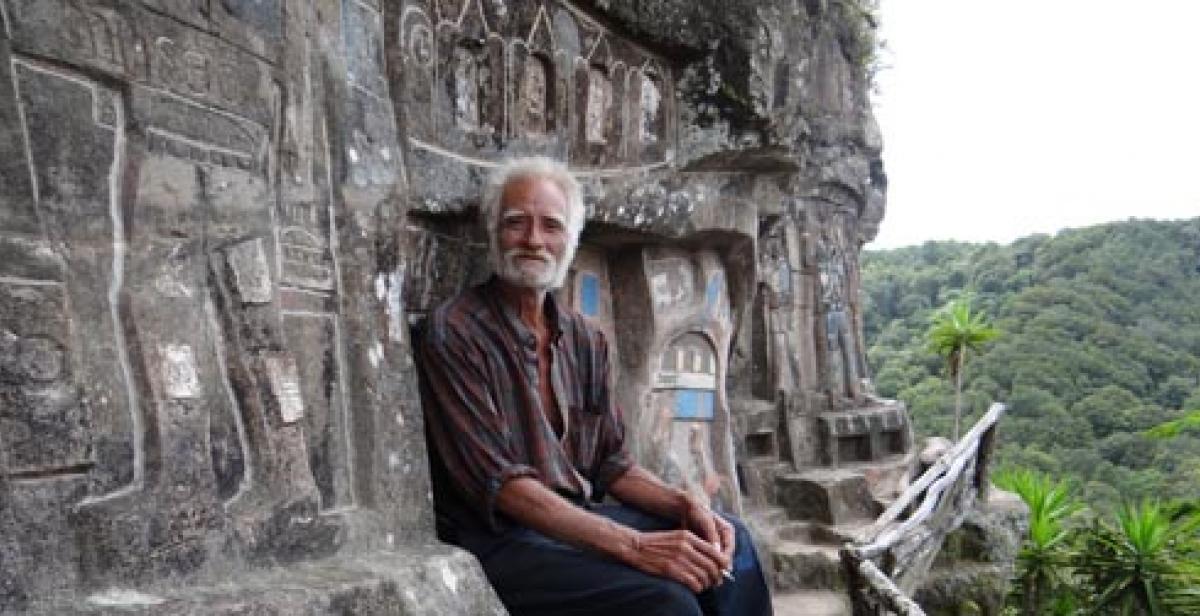One of the most important cultural features in Nicaragua seems to be the presence of religion. Coming from a not particularly religious culture, it is striking to see how much importance it has on everyday life here. Church is a place to see other people and to be seen, it is a centre of a community and inspiration for individuals in difficult times.
Today we have visited Marmolita, a place near Estelí, where an old hermit (his exact age remains unclear) has been living and creating stone carvings for almost forty years. According to the man when he was a child he saw an angel, he had fainted whilst walking through a forest and had a vision where he was told to start carving pictures in stones. The angel promised that his work would eventually make him famous across the world and get his name into the history books. Whether one chooses to believe the story about the supernatural prophesy or not, it is clear that his dream came true. Without proper tools (except a small chisel and a rock to hammer with) and not being able to read or write, the hermit managed to create something that attracted people from places as far away as Russia and Australia.
The sculptures and massive stone walls surround the narrow path that etches the hill up and down, with natural forests, fruit trees, and orchids growing everywhere. Most of the carvings portray historical scenes, e.g. Spaniard conquistadores arriving at the coast, or various animals – including jaguars and snakes. Although inspired by a catholic image of an angel, the work represents indigenous culture and symbolism, and is not created as a place to pray.
This fusion of Catholicism and images from indigenous religion is not uncommon. Although people celebrate catholic holidays, the maize festival that has indigenous roots is equally common. Even though almost everyone in our town visits church on Sundays, they still go to traditional doctors/magicians who treat people with herbal remedies and offer spiritual energy readings – a practice looked down upon by the Church. However, these distinct traditions do not conflict but rather complement each other creating a unique cultural landscape where old meets the new.
Written by Agne Skrebyte, Photo taken by Heather Cartwright



